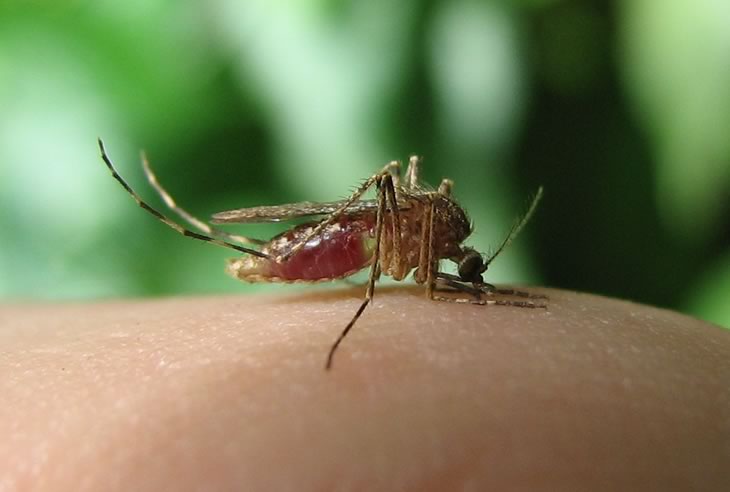NEWS PROVIDED BY
By Huffington Post
I’ve seen more Lyme disease headlines over the past couple of months than ever before. It’s a good thing and a terrible thing. It means that news organizations and magazines are finally paying attention to this often-devastating disease and making an effort to inform the public about it. It’s a bad thing because, as has been the lede of many of the stories, researchers have predicted that 2017 will be one of the worst on record for new Lyme infections because of a mild winter and a warming climate in general that is making more of the country a haven for ticks.
A Google search of news that mentioned Lyme disease over the past 30 days (March 26 – April 26, 2017) returns 43 pages of results. That’s a lot. By comparison, searches for other common and life-affecting infectious diseases HIV and Zika return 72 and 32, respectively.
Comparing these results to basic facts about the disease highlights some details that warrant discussion:
In this way, it’s easy to see that Lyme is by far the most prevalent infectious disease, and yet it receives a token amount of federal research dollars, particularly when broken down on a per-patient basis. And yet Lyme makes the news more often. The news media, in other words, show a greater acknowledgment of the disease than federal public health agencies. That comes down to the nature of the news, though; as I’ll discuss below, most of the substantive coverage of Lyme comes from local news outlets, and the reason for this is that those outlets reflect the realities of their communities—whereas national news organizations are more likely to report what they are told by federal health authorities are the reporting priorities. This designation is supremely important to keep in mind.
The news and other media don’t acknowledge this.
In reviewing the news stories about Lyme found over the past 30 days, most of them fall into a few general buckets:
- Lyme disease is on the rise because tick populations are exploding.
- Climate change is leading to expanding tick habitats.
- Check for ticks after you go outdoors or you’ll be sorry.
- You Won’t Believe How This Medical Mystery Turned Out.
- [Insert Celebrity Name] Models New Sunglasses After Bravely Surviving Lyme Disease And Curing Herself With Forty-Six Million-Dollar Experiment Treatment In Germany and Southeast Asia!
Don’t get me wrong, all of these stories (yes, all of them) are worth telling as long as they are told responsibly. But they’re repetitive and they almost never relay any new information. They also aren’t particularly helpful in the fight against this raging epidemic. Stories that describe Lyme symptoms and how to check for and remove ticks safely are useful, of course, but these stories too often really do describe the basics and in doing so emphasize, for example, the importance of the bullseye rash that accompanies recent Lyme infections. Unfortunately, many people who contract Lyme never see or develop this telltale rash. A growing number of stories about Lyme also report concerns about the poor reliability of Lyme disease blood tests, which is a good thing, but many still do not, and that oversight can cost a patient dearly if that patient happens to be one whose blood tests come back negative despite his or her having contracted the disease.
There’s another pattern in Lyme disease reporting that I and many others in the Lyme community find interesting. Most people tend to rank national news broadcasts and networks as “top tier” journalistic entities, with local news taking a backseat. This paradigm is without a doubt flipped when it comes to reporting Lyme disease. National news broadcasts, with few exceptions, report the most basic of basics: evening network broadcasts and national newspapers, for example, will report the link between climate change, ticks, and Lyme when this story comes out. Morning news-entertainment programs, cable news, and national magazines are likely to focus on celebrity stories that inevitably tie together a personal horror story that ends happily with book or fashion product sales, “medical mystery solved!” stories accompanied by a few basic (and sometimes wrong or partially true) facts from federal officials—and that’s all.





